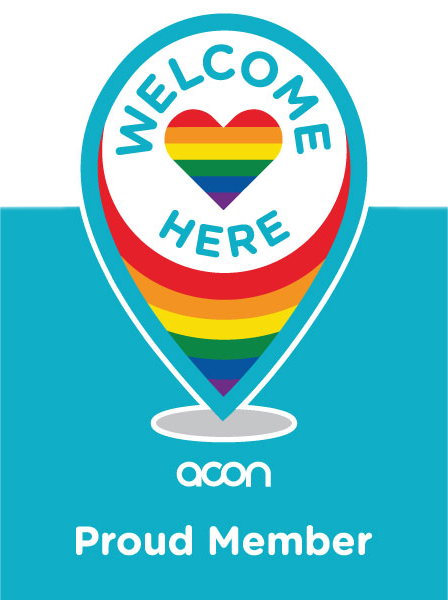Working with Children & Young People
Exposure to domestic and family violence can affect every part of a child’s life. Witnessing violence and abuse is a distressing experience for children, whether or not the violence is directed at them. This has a profound impact on their physical, psychological and emotional health and well-being.
Child abuse and trauma has a detrimental impact on developing children, especially the neurological development of infants. Childhood trauma can also affect early attachment dynamics and interrupt the development of secure attachment relationships that support healthy child development and are considered to be the foundation of healthy adult functioning.
The rights of children
According to the Convention on the Rights of the Child (1989), ratified by the General Assembly of the United Nations, children and young people have the right to:
- Life, survival and development
- Protection from violence, abuse or neglect
- An education that enables children to fulfil their full potential
- Be raised by, or have a relationship with, their parents
- Express their opinions and be listened to
Taking a child centered approach
A child centered approach acknowledges that the risks and needs of children and young people can be different to those of their parent or carer. Domestic and family violence can undermine the parent-child relationship, damaging emotional and social wellbeing, compromising parenting and enforcing standards that gives priority to the perpetrator’s needs at the expense of younger family members.
A child centered approach promotes:
- Trauma-informed recovery
- Resilience
- Play and fun
- Rest and relaxation
- Learning appropriate to developmental stage
- Social connectedness
- Acknowledgement of family of origin
- Assistance to explore and talk about their experience safely
Practical considerations for working with children and young people
- Their age, their developmental stage and cognitive capacity
- Ways to privilege their voice in planning and decision making, including when it involves their caregiver
- How the violence has impacted them
- How they feel about the family member perpetrating the violence
- How they feel about the family member who is not perpetrating the violence
- Their connection to siblings/extended family and what their relationship is like with them
- Whether they are connected with child care, kindy, school, TAFE or University
- Their sources of resilience-building, resources and support
- Whether their needs are being met at home
- Their opportunities to have fun or relax



